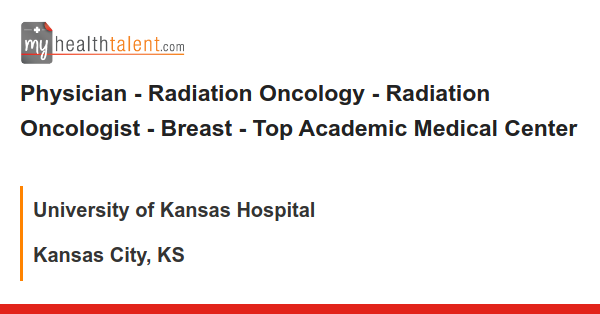- Joined
- May 28, 2019
- Messages
- 3
- Reaction score
- 0
Hello guys,
I am in the process of negotiating which disease sites to treat with an academic center. I know that each disease site has its challenges and advantages, and every department is different wrt clinical load, support staff, etc. Ideally, I want to pair an easier disease site with a moderately/highly challenging disease site for balance. I wanted to see if there was a consensus on which sites are *generally* easier, moderate, vs high based on 1. Complexity of cases 2. RT side effects to manage 3. Contouring duration plus other technical components of management 4. Disposition of the patients 5. Other unique considerations
This is my take:
Easier:
Breast
Lung
Sarcoma
GU
Moderate:
G.I
Gyn
Lymphoma
CNS
Challenging:
Head and Neck
Peds
Also, knowing what you know now, which sites would you choose to treat in tandem to ensure a good work life balance.
Thanks.
I am in the process of negotiating which disease sites to treat with an academic center. I know that each disease site has its challenges and advantages, and every department is different wrt clinical load, support staff, etc. Ideally, I want to pair an easier disease site with a moderately/highly challenging disease site for balance. I wanted to see if there was a consensus on which sites are *generally* easier, moderate, vs high based on 1. Complexity of cases 2. RT side effects to manage 3. Contouring duration plus other technical components of management 4. Disposition of the patients 5. Other unique considerations
This is my take:
Easier:
Breast
Lung
Sarcoma
GU
Moderate:
G.I
Gyn
Lymphoma
CNS
Challenging:
Head and Neck
Peds
Also, knowing what you know now, which sites would you choose to treat in tandem to ensure a good work life balance.
Thanks.

